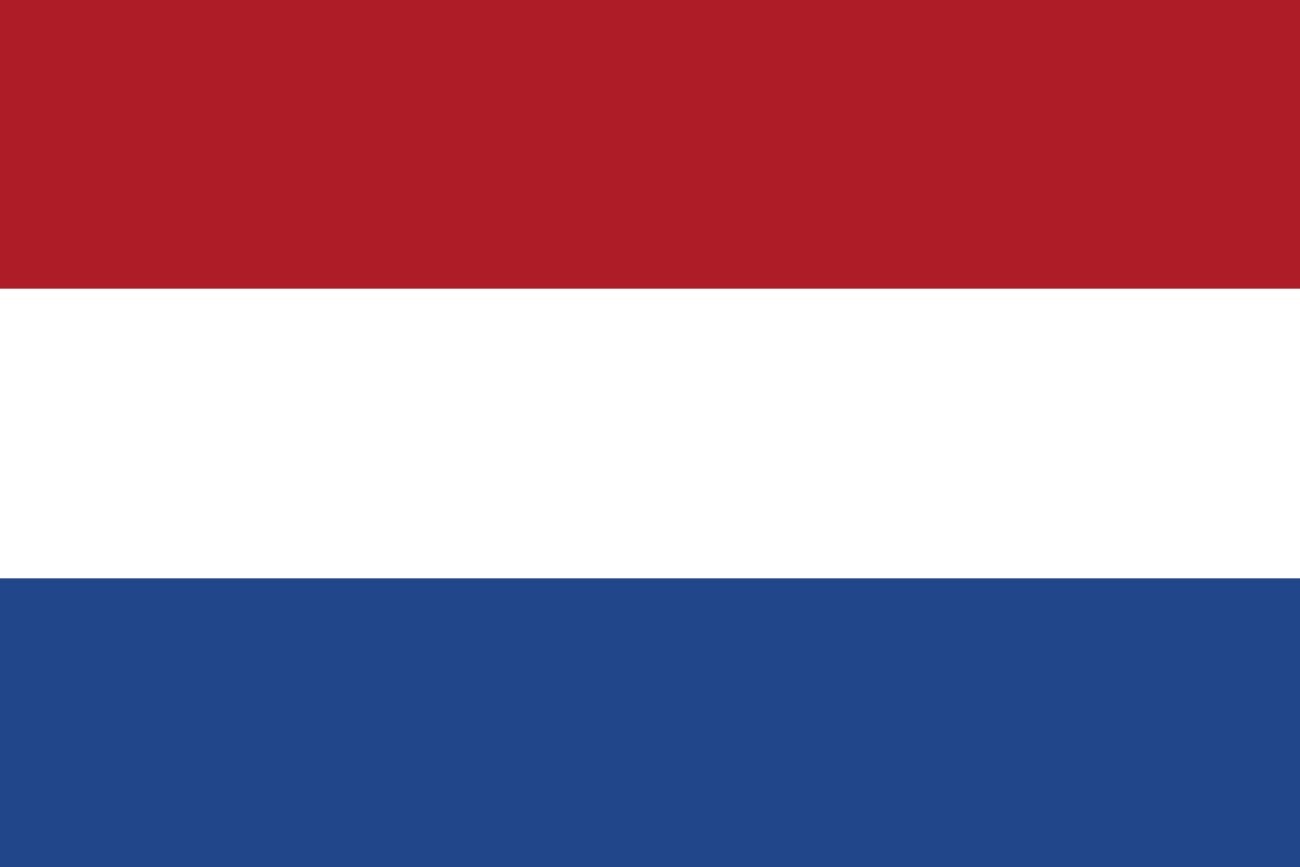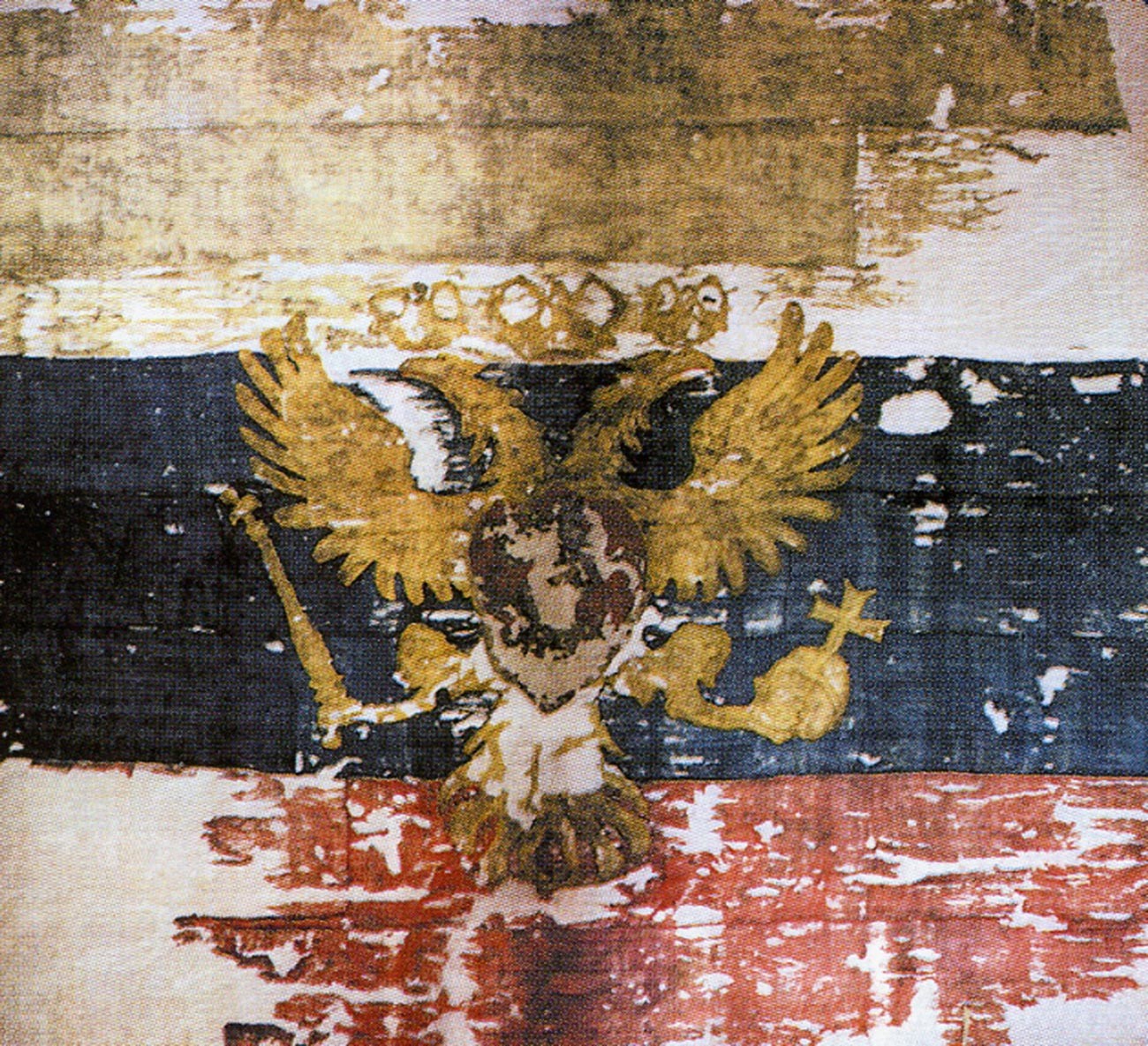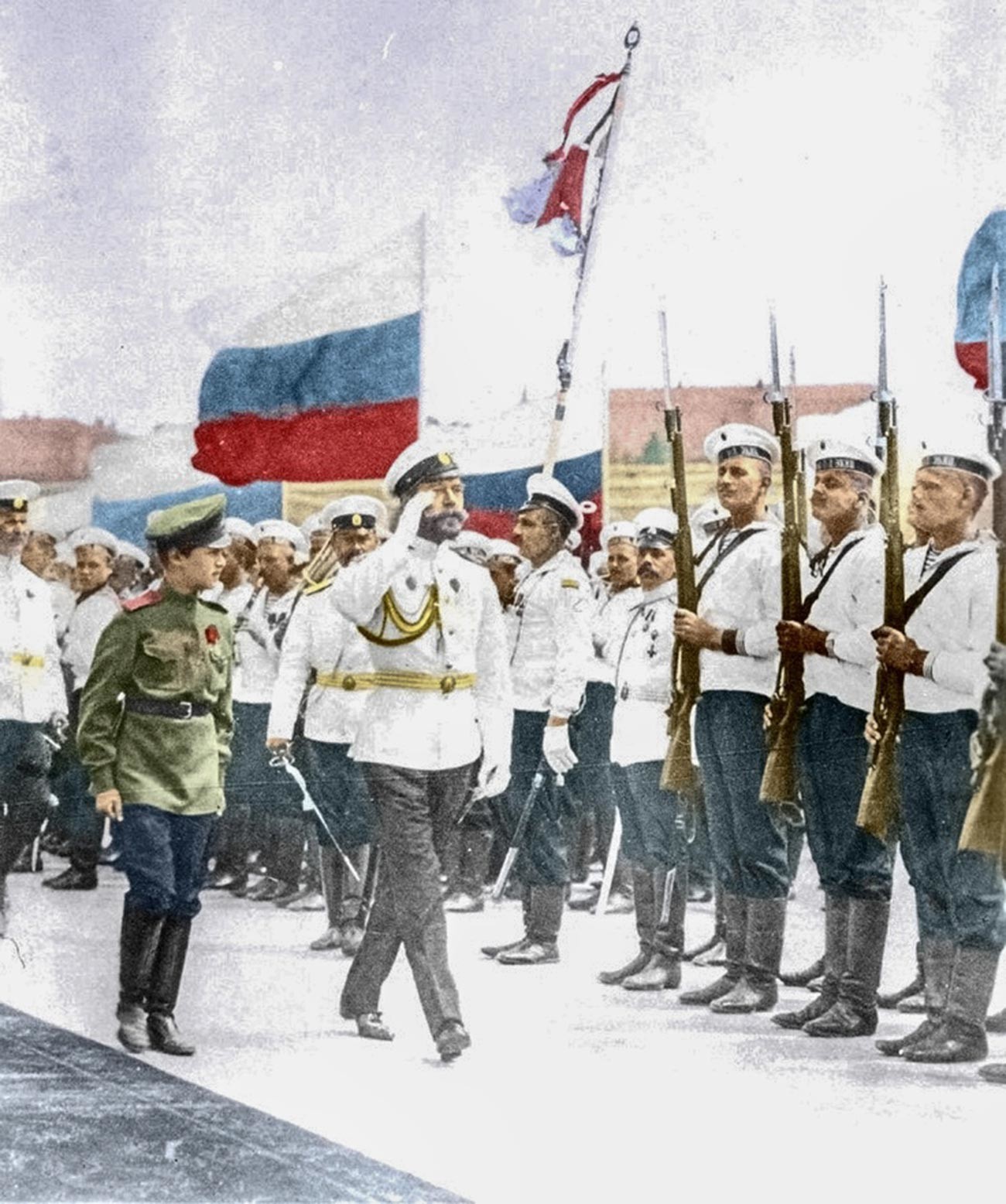What Do The Colors On The Kenyan Flag Represent
White, bluish and red - the connectedness with the Dutch flag and shipbuilding and how the colors were interpreted at different times.
As with many countries, the flag is one of Russia'southward main land emblems. For many years, the red banner with a hammer and sickle was the official flag of the USSR. The white, blue and ruddy 'tricolor' came into use for the first time in modern history on August 22, 1991. Now, this day is regarded as National Flag 24-hour interval - the decree "On Official Recognition and Use of the National Flag of the RSFSR" was issued on that engagement.
In 2000, Vladimir Putin signed the constitutional law on the Russian flag, which describes what information technology should look like and where information technology tin be used. By the mode, for desecrating the flag of Russia i can cease up in prison house.
Nowadays, at that place is no official interpretation of the significance of the colors. But, it is by and large accepted that the colour white symbolizes peace, purity and chasteness; blue is the colour of faith, loyalty and constancy; and the red represents forcefulness and the blood that has been shed for the Fatherland.
Origin of the flag
It is believed that until the 17th century Russian federation had had no state emblem and coats of arms had mainly been used. The first fourth dimension flags began to exist displayed was on ships.
Information technology was in the 17th century that shipbuilding began to be actively developed in Russia and shipbuilders from Holland were invited. And it was they who proposed a color combination which they themselves had been long familiar with. And Tsar Alexey Mikhailovich (Alexis of Russian federation) agreed.

The Dutch national flag
Public domain
Historians tend to agree that the first time the tricolor with a double-headed eagle - Russia'south coat of arms - appeared was on a sure frigate named the 'Oryol', merely at that place is no official evidence to confirm this. Also, it is non known for sure in what order the colors were configured.
Read more than: Why does the Russian Empire owe so much to the netherlands?
What is definitely known is that, in 1693, a disengagement of Peter the Great'south small ships sailed around the White Body of water displaying the white, blueish and red "flag of the Tsar of Muscovy".
The actual canvas flag has survived to this twenty-four hour period:

The flag of Moscow tsar, 1693
Public domain
The tsar spent a long time learning nigh shipbuilding in Holland, so the colors were familiar to him. In 1705, Peter signed a prescript that all Russia merchant ships had to fly a white, blueish and scarlet ensign.
The white stripe is believed to have signified liberty and independence, the blue was connected with religious images and also the defenders of Russian federation'south mighty lands, while the ruddy, as today, symbolizes the valor and fearlessness of soldiers willing to give up their lives for their country.
Then information technology was that the tricolor long remained a naval emblem - and just started actualization on dry land when Russian navigators discovered new lands, conquering Siberia and the Far East, and planted their flag there.
Later on Peter I, all the same, the heraldic black and gold colors became popular in the regular army and later, a black, yellowish and white flag began to be used at land level.

The national flag of the Russian Empire used in 1858-1883
Public domain
(These days, those espousing ultra-right sentiments often use this "imperial flag".)
National colors
In 1883, Alexander Iii decided to bring back white, bluish and ruby for ceremonial occasions and, following a detailed debate nearly the significance of the colors, Nicholas II decided to brand them the national emblem again. This tricolor adorned his coronation anniversary.
At the fourth dimension, the colors were given the following official explanation: White for freedom, blue for the Mother of God and red as a symbol of state power.

Nicholas Two set the white-bluish-red flag as a national Russian flag in 1896
Public domain
It was a political conclusion as the Emperor wanted to create a "national" flag and to revive the traditions of Peter I. At the same fourth dimension, the intention was to use the colors to demonstrate his closeness to the people. The colors were also intended to unite the whole of the vast empire.
"On loftier days and holidays, the Great Russian peasant goes around in a red or blue shirt, while the Little Russian [Ukrainian - Russia Beyond] and the Belorussian wear white; Russian peasant women also wear carmine and blueish dresses. Mostly speaking, to the Russian listen what is ruddy is good and cute…" according to a study about the colors prepared for the Tsar.
White is also the colour of purity and freedom, besides as the snowfall that covers the greater part of Russia in wintertime.
If using any of Russia Beyond's content, partly or in full, e'er provide an active hyperlink to the original textile.
Go the week's all-time stories direct to your inbox
Source: https://www.rbth.com/lifestyle/333880-colors-russian-flag
Posted by: boykincasent.blogspot.com


0 Response to "What Do The Colors On The Kenyan Flag Represent"
Post a Comment